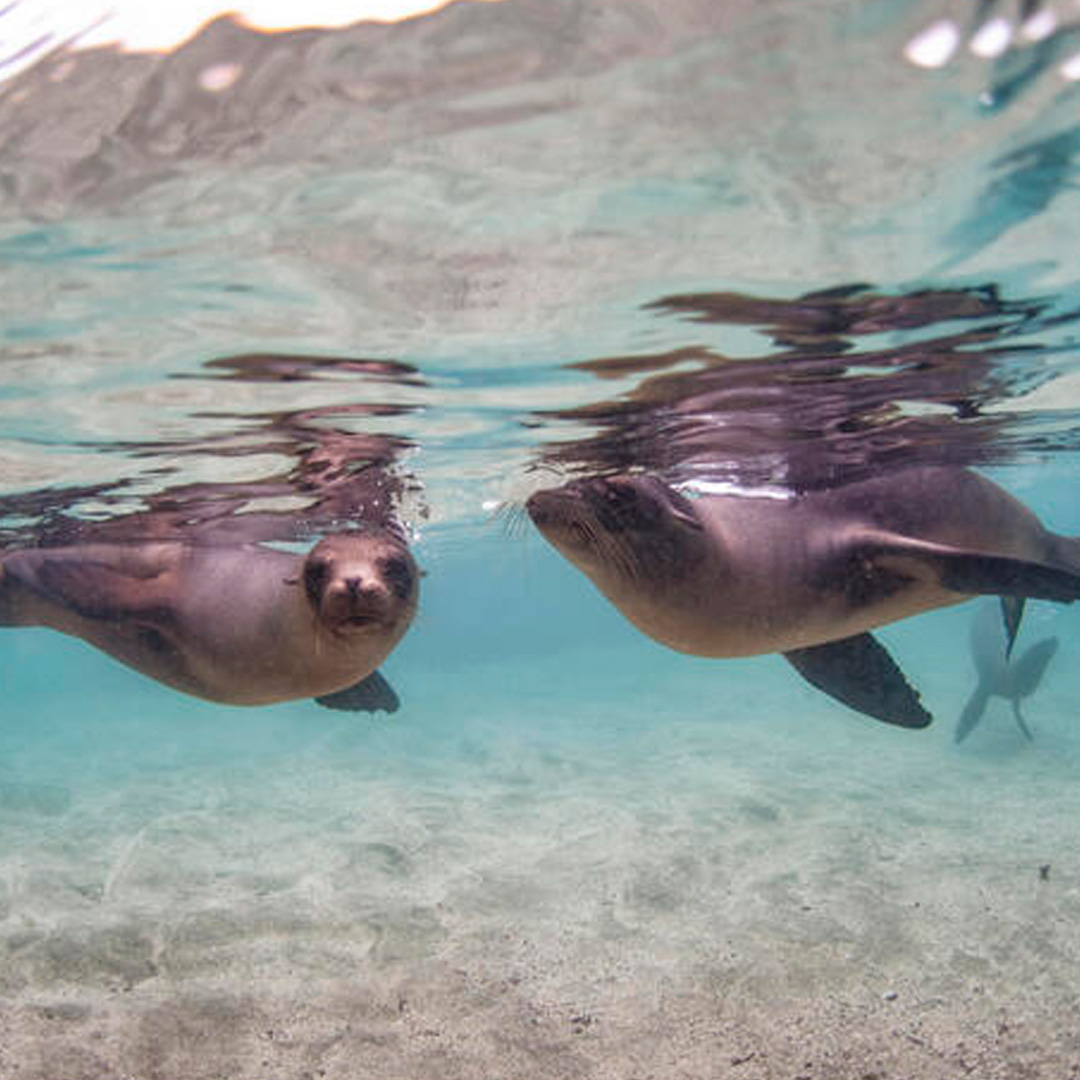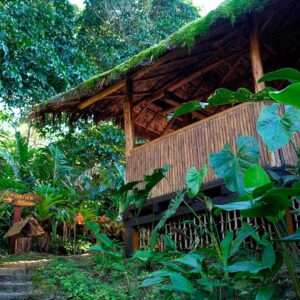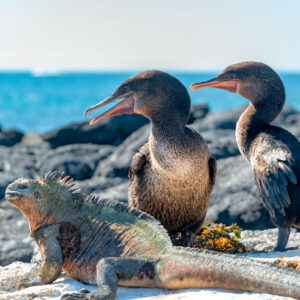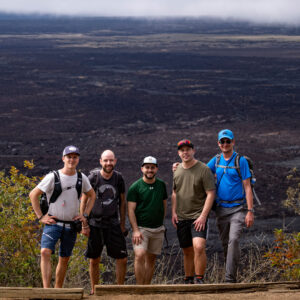Endemic Species in danger
The Galapagos Islands are located around 1000 kilometers off the coast of Ecuador. These islands are famous for their serene environment and diverse wildlife which have benefited from the isolation that has permitted ecosystems to evolve in a unique and unprecedented way.
Nowadays, the islands are being impacted by severe weather events, introduction of exotic species, and a rapidly expanding population.
Endemic species survival
For hundreds of years, Galapagos endemic species have coexisted peacefully. Indeed, numerous species have become so isolated that they have evolved and adjusted to the surroundings of individual islands, as Darwin mentioned once. Darwin also noticed this especially with the Galapagos Finch, a bird with a distinct mouth, coloring, and size on each island.
New species have already been introduced to the islands, complicating the endemic creatures’ tranquility. Humans introduced species such as rodents, goats, and wild dogs to the islands. Large numbers of goats, for example, are ruining the tortoise inhabitants on Isabela Island.
Population growth is yet another potential threat to the preservation of the islands. People have lived on the islands ever since the early 1800s, however the population on many of them has recently blown up.
Climate changes have also had an impact on wildlife and the environment. Every now and then, “El Niño” hits the islands, raising water temperatures and increasing rainfall. The negative effects of this phenomenon are dangerous to marine life.
Threats
The mentioned above threats have emerged as a serious concern, and many organizations have created missions to continue pursuing Galapagos conservation measures. CIMEI, or the Inter-institutional Committee for the Management and Control of Introduced Species, is devoted to the oversight and management of domestic animals and introduction of exotic species.
The Galapagos National Park and other organizations are working hard to preserve the integrity, beauty, and immaculacy of this UNESCO World Heritage Site.





